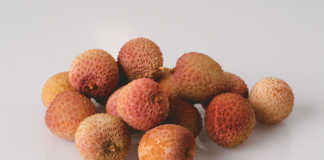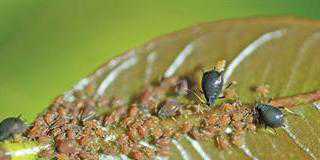We’ve been discussing the soil food web found in undisturbed soil, where fertility is ensured. Global trends show that many farmers understand this and have turned to organic methods. They know there’s more to soil than meets the eye. To get the most out of our soil we need to understand that plants have a barter-type relationship with soil microbes.
Salts, which we apply in the form of inorganic fertiliser, don’t meet the nutrient requirements of the plants. With this knowledge, it’s possible to find ways of reintroducing biology into our soils. Biology is the soil food web which has been completely ignored in most conventional farming practices.
Sterile medium
Despite mindset changes, too many farmers continue to believe it’s impossible to grow any crop on a commercial basis without fertiliser. This implies that the soil is really only there to hold the plants in place. It’s seen as a sterile medium, which has no value and no part to play in adding to the welfare of plants.
The farmer will attempt to supply what he thinks the plant needs to thrive. Farmers add inorganic fertiliser in ratios they feel will be suitable for that crop and attempt to shield the plants from insects or diseases by applying chemicals. This system has been successful in the past, but many farmers throughout the world are finding that the input costs required continue to increase, while productivity diminishes. The only answer, it would seem, is to mechanise more and plant larger areas. But this is not a sustainable solution.
A frequently asked question is how much fertility does a healthy soil in an organic system contain compared to a conventionally fertilised soil. If you take a sample of both to a laboratory and ask for a test to be done, the answer will be that there’s little fertility in the organic soil.
However, this is because the lab is testing for the presence of inorganic salts. These salts only exist in very small quantities in healthy soil. So it’s very difficult to compare the two different kinds of soil in this way. As we’ve said, fertiliser is a salt and is applied in a quantity which should suffice for the duration of the life of the crop. In an organic system, by contrast, we have microscopic creatures that boost fertility constantly in the form of microbial manure. This manure is always available and ideally suited to the requirements of the plant.
Foundations for Farming (FFF) is a Zimbabwe-based NGO that teaches conservation agriculture practices to farmers, based on Christian principles. FFF provided the information for this article. Visit www.foundationsforfarming.org.













